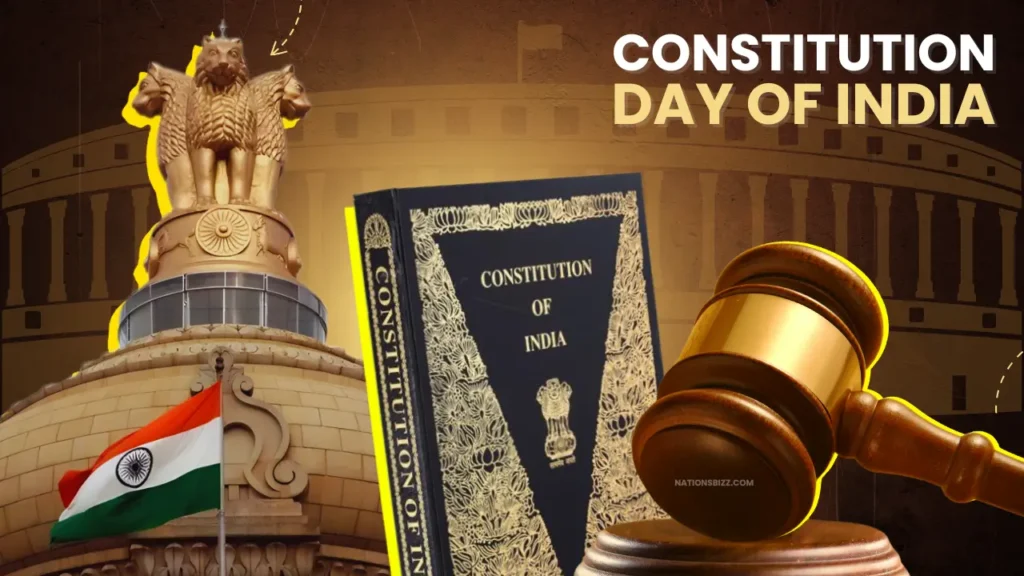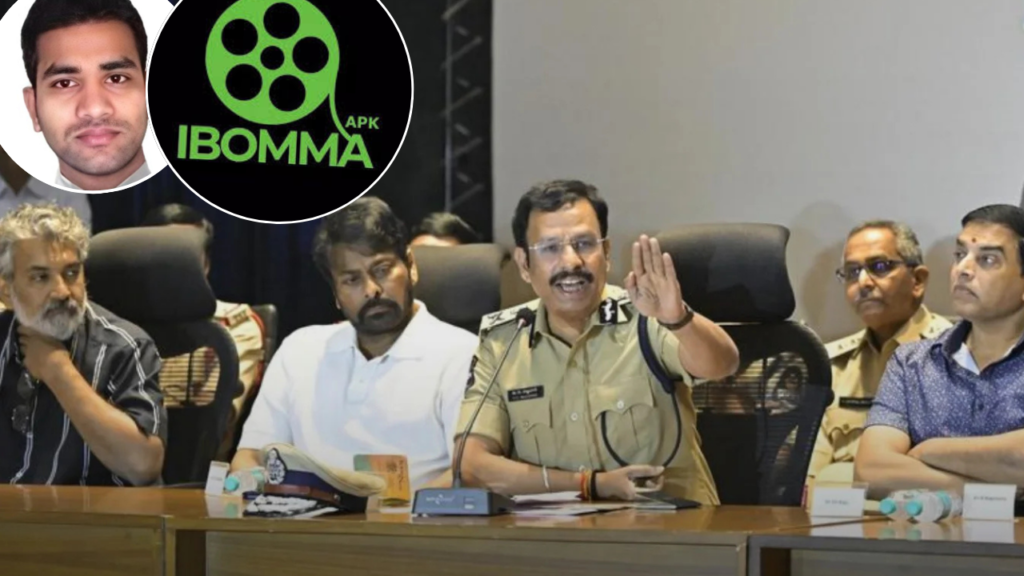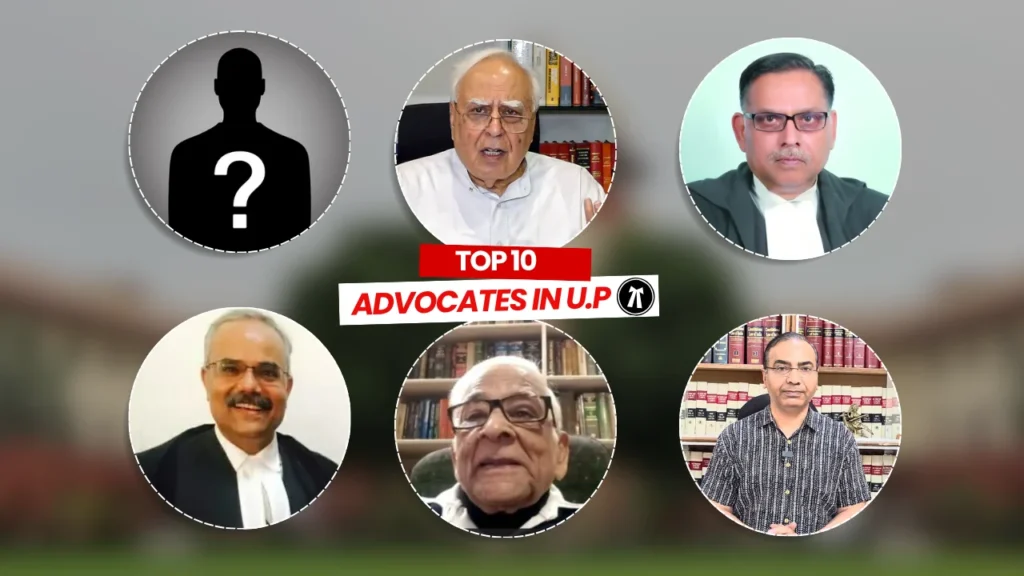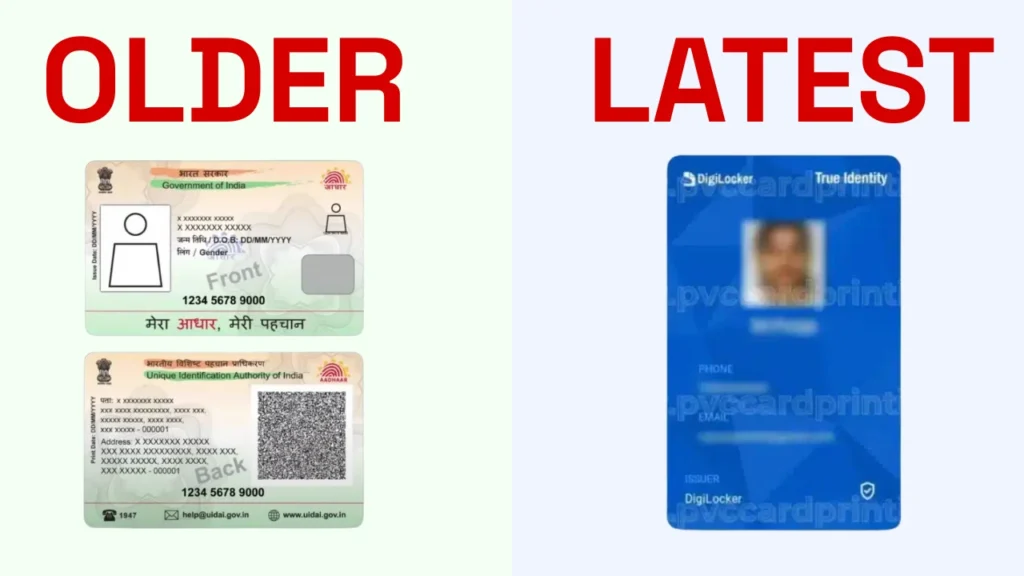In a significant development in the ongoing investigation into the tragic Air India Express crash. Officials have recovered the cockpit voice recorder (CVR). A critical piece of evidence that could reveal what went wrong in the final moments of the doomed flight. The accident, which has sent shockwaves across the country and reignited debates over air safety. Took place amid adverse weather conditions and resulted in multiple fatalities and serious injuries. With the recovery of the CVR, investigators are one step closer to piecing together the complete sequence of events that led to the accident.
Background: The Crash That Claimed Lives
The Air India Express flight, operating under the Vande Bharat Mission, was repatriating Indian nationals from a foreign destination. As the aircraft attempted to land at Kozhikode International Airport in Kerala, it skidded off the runway due to heavy rain. It broke into two parts after overshooting the tabletop runway. The mishap resulted in the deaths of at least 21 people, including both pilots and left over 100 injured.
The nature of the accident, involving a wide-body aircraft failing to stop on a rain-slicked tabletop runway. Immediately raised questions regarding operational decisions, weather communication, and airport infrastructure. Investigators from India’s Directorate General of Civil Aviation (DGCA) and other agencies were promptly deployed to the site to begin the task of collecting evidence.
The Role of the Cockpit Voice Recorder
The cockpit voice recorder, one of the two black boxes aboard any commercial aircraft (the other being the flight data recorder). Stores audio from the flight deck during a flight’s final hours. This includes conversations between the captain and co-pilot, interactions with air traffic control. Cockpit alarms, and any background noises that may be vital in reconstructing the final moments of the flight.
The recovery of the CVR is essential, especially when other forms of evidence are either unclear or inconclusive. Investigators rely heavily on this data to determine whether human error. Technical malfunction, miscommunication, or external factors contributed to an aviation accident.
Condition and Retrieval of the CVR
Despite the extensive damage to the aircraft’s fuselage and cockpit area, the CVR was found intact but buried under debris. Specialized recovery teams worked cautiously to retrieve the device without further damaging its sensitive internal memory components. Aviation experts on site have stated that the data will be sent to a certified laboratory for decoding and analysis, a process that may take several days.
The flight data recorder (FDR), which had been recovered earlier. Is already under examination and provides information such as speed, altitude, engine condition, and other flight parameters. Together with the CVR, these tools offer a comprehensive look at both the mechanical and human aspects of the flight’s final moments.
What Investigators Are Looking For
Now that the CVR has authorities, attention turns to several key questions. Investigators will listen for clues related to:
- Pilot decision-making: Were the pilots advised against landing due to weather? Did they consider a go-around?
- Cockpit stress levels: Did either pilot express concern or confusion about the landing approach?
- Technical warnings: Were there any automated alerts or cockpit alarms sounding before the crash?
- Communication patterns: Was there any miscommunication with air traffic control?
Answers to these questions could not only clarify the cause of this particular accident but also lead to wider policy changes or safety updates in Indian aviation.
Family Members Seek Closure
For the families of the victims, the recovery of the cockpit voice recorder brings a sliver of hope that the truth will eventually emerge. Many are still grieving and seeking answers as to why their loved ones had to perish. While no investigation can undo the pain caused by the loss, understanding the reasons behind the tragedy can help prevent similar incidents in the future.
Grief counselors and aviation authorities have assured affected families that they will be kept updated on the findings, and the government has also promised support in terms of compensation and medical treatment for the injured.
Safety Protocols and Industry Response
In the aftermath of the crash, aviation authorities have come under scrutiny for allowing landings on tabletop runways during monsoon conditions. Kozhikode Airport, where the crash occurred, has long been cited by pilots and aviation experts as a challenging landing site due to its short runway length and steep drop-offs at both ends.
Air India and DGCA have pledged to review their operational policies for high-risk airports. Meanwhile, civil aviation regulators are conducting an audit of similar runways and re-evaluating their readiness for operations during inclement weather.
A National Reminder of Fragile Safety
The crash and the subsequent recovery of the CVR are reminders that aviation. While statistically among the safest modes of travel, is never immune to accidents. The incident has shaken the confidence of frequent flyers and reawakened discussions about the balance between infrastructure development and safety protocols in India’s rapidly expanding aviation sector.
Industry experts now advocate for urgent investment in better navigational tools. More advanced weather monitoring, and stronger pilot training for adverse weather landings.
Truth Takes Flight With Evidence
As India waits for the findings from the cockpit voice recorder, hopes are pinned on transparency, accountability, and meaningful change. The tragedy of the Air India crash has already claimed precious lives. The least that can be done now is to ensure that lessons are learned and lives are safeguarded in the future.
The recovery of the CVR may be a small device in size, but in the context of this investigation. It carries the weight of answers that the nation, the aviation sector, and the grieving families deserve.





















